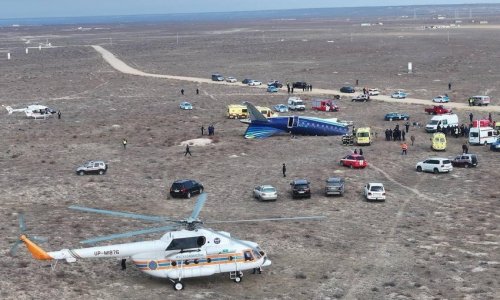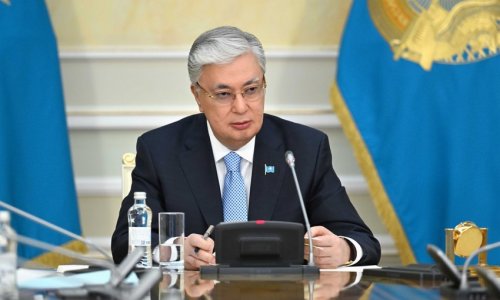Follow us !
Can air power stop ISIS?
World
23:20 | 11.08.2014

Can air power stop ISIS?
The new ISIS offensive in the North of Iraq has both shaken the Kurds and threatened the Yazidi minority with not only genocide, but also cultural extinction. In response the United States early Friday morning used airpower against ISIS targets inside Iraq. This is the first use of force against ISIS both since ISIS rebranded from al Qaeda in Iraq and since the departure of U.S. forces at the end of 2011.So what can U.S. airstrikes accomplish? Airpower is incredibly potent when properly used, but nearly useless in the wrong situations. ISIS will present both these alternatives in Iraq.Put very simply, airpower is incredibly effective against an enemy who is on the offense. If an enemy—be it a person or a vehicle or a weapon system—is on the move and/or fighting, they create a "signature" that is easy to spot from the air.Since there will be no U.S. forces on the ground as target designators or air controllers, being able to see a target from the air will be crucial. So, a column of ISIS trucks or—as seen early Friday morning—a captured artillery piece firing against Kurdish positions, each make easy acquisition. Against these targets, airpower is nearly invincible. One thinks of the devastation released over two decades ago by U.S. airpower on the "Highway of Death" (albeit these forces were not attacking, but retreating—but the signature is the same).So when President Obama talks about targeted airstrikes to protect American personnel in Baghdad or Irbil, he is, in essence, saying that if ISIS attacks toward these cities, we will use airstrikes on their then-vulnerable forces.Note that the President did not say that airstrikes would be used to eject ISIS forces from Mosul or Kirkuk or Fallujah. For in densely populated cities like these, airpower has real limitations. An enemy in defensive positions, particularly in urban terrain, is very difficult to engage with airpower. Even if the target can be hit, the possibility for collateral damage that causes civilian casualties is very real. And if the target is missed, the collateral damage can be exponentially higher, even catastrophic.So while mission creep is always a danger in any war, in this case the chances of it seem rather minimal. The President has chosen one means—airpower—and given it a mission at which it excels; prevent enemy forces from attacking prepared positions, whether in Irbil or Baghdad. This mission is well within the capacity of U.S. airpower. When and if unleashed, U.S. warplanes can absolutely prevent ISIS from moving against these two Iraqi cities.But reclaiming territory from ISIS will be another matter altogether. This will require a unified Iraqi effort—Arab and Kurd alike—under a new government with the will, legitimacy and resolve to accept the casualties that a ground offensive will require. We need only look at the U.S. experience in Second Fallujah—almost 10 years ago now—to picture what this might look like. Nor will U.S. ground forces be joining in this endeavor. This must be clear. There is no—zero—appetite in the U.S. public for such a commitment.To that end, we must hope that Iraq remains on its constitutional timeline so that a new government can be formed and begin the long, hard task of regaining control over its territory. Therefore, new Iraqi President Fuad Masum must charge the largest bloc in the Iraqi parliament with forming a government. Soon.(CNN)Bakudaily.Az










